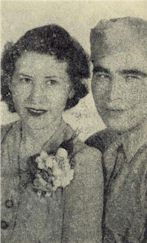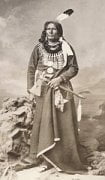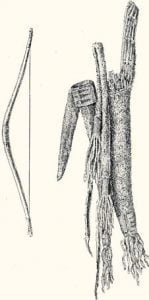Treaty of June 25, 1817
A treaty of peace and friendship made and concluded between William Clark and Auguste Chouteau, commissioners on the part and behalf of the United states of America, of the one part, and the undersigned chiefs and warriors of the Poncarar tribe of Indians, on the [their] part and of their said tribe of the other part. The parties being desirous of re-established peace and friendship between the United States and their said tribe, and of being placed, in all things and every respect, upon the same footing upon which they stood before the late war between the United States and … Read more







